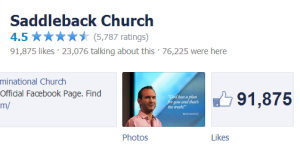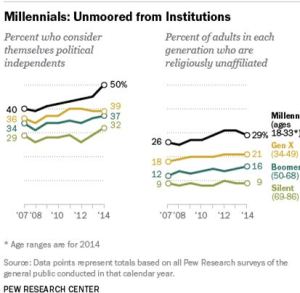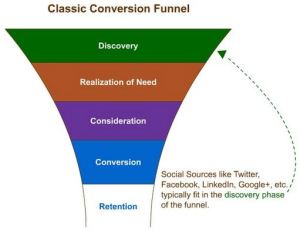This month marks the two year anniversary of Sacred Language Communications. So we celebrate today, and look forward. But caveat emptor (“Let the buyer beware!). Humor, sports metaphors, and important news that could change your life follow. Enjoy! And thank you.
My son loves football. So do I. This season, he’ll be playing high school ball for the first time. He’ll be playing some quarterback, some linebacker; but mainly, he’s building himself into a kicker. He works hard at it. He spends 6-8 hours a month with a private kicking coach who formerly played for the University of Virginia. Then there’s a minimum of 12 hours a week at football practice. And then, there are countless hours on the field, kicking over, and over, and over again.
A lot of practice sounds like this (turn up the volume):
At times, things go a little better:
In between, there’s a lot of sweat, work, attention to technique, and, yes, even anxiety. Am I kicking far enough? Who’s coming up behind me?
And always, there’s a desire to do more. A year ago, when he began, he was kicking 25 yards, tops. Couldn’t punt. Couldn’t handle kick-offs.
This year, he’s kicking 45 yards, punts 50-55 yards, and is learning to kick off. And still, he pressures himself to do more.
It’s All Good
We all want to succeed–and as soon as possible. But we must remember, too, that there’s a lot of growth that must happen along the way.
It’s true in all aspects of communications.
It’s true in your professional development.
And it’s true in business.
Two years ago, I launched Sacred Language Communications with the belief that what organizations wanted and needed was education about social media, e-newsletters, and how to do them on their own.
There’s certainly a number of groups for whom this is true.
But more than before, I’ve learned that having a valued advisor, and someone who can build communication platforms, monitor their growth, evaluate their strengths and weaknesses, and write a great deal of the content is also needed.
And so, I am refining our business to better serve you.
1. More emphasis on Taking Communication Burdens off Your Shoulders. The fact is most organizations realize little to any impact from their online efforts. There are many reasons for this, of course, but a big issue is a lack of time and talent to manage the site–from getting it launched, to creating the content; and from placing online media into your overall strategy to ensuring your online tools connect with people and strengthen your community. We are doubling down on delivering both communication strategies and the content you need to support that strategy, whether it be blogging, e-newsletters, or social media.
2. More-timely news about changes in technology. In addition to the SLC weekly blog, each wednesday I will be sending along links to the best stories in communications technology that will benefit you and your organization. (Register now.) The newsletter will be delivered on Tuesdays.
3. More hands-on tools. Look, learning online tools is like learning a foreign language. You can spend months and years learning grammar and syntax, but that won’t help you speak the language fluently. Today, students begin speaking from day one. So we’re launching a new series entitled “Let’s Get …” that leads you day-by-day through leading online and social media tools. Our first one is Let’s Get Tweeting, coming out next week. We don’t explain how to do it–over 10 days we help you do it yourself in manageable chunks.And we support your effort with daily encouraging emails. By the end of this course, you’re on your way to fluency.
It’s been a marvelous journey thus far–and I wish to thank all of my customers who have entrusted their communication needs to SLC.
He’s to the next year … One step at a time!
















